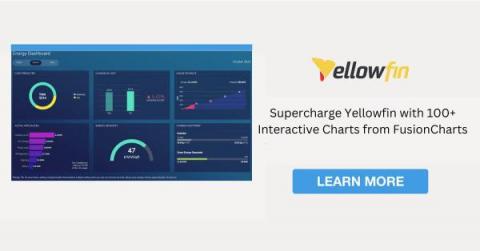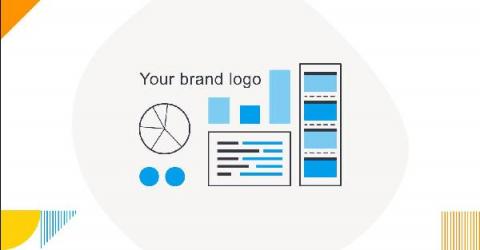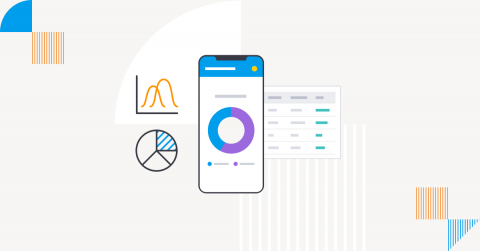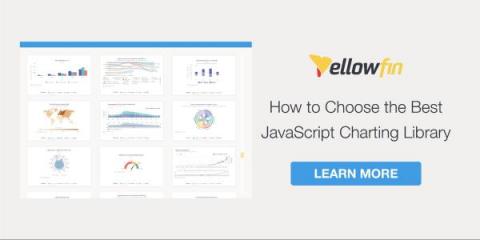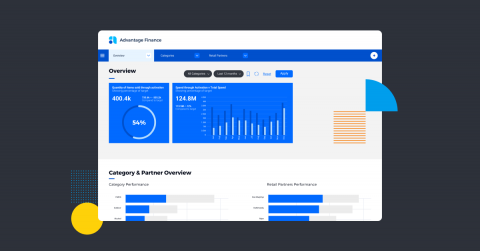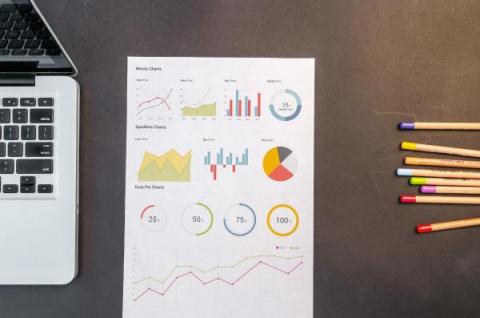What is Data Security? - The Role of Analytics in Data Protection
Data security (or data protection) is a term often used in the context of analytics and business intelligence (BI). It encompasses a number of different policies, processes and technologies that protect an company's cyber assets against data breaches and threats. But what does all of that really mean, in relation to BI specifically?



